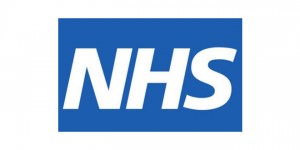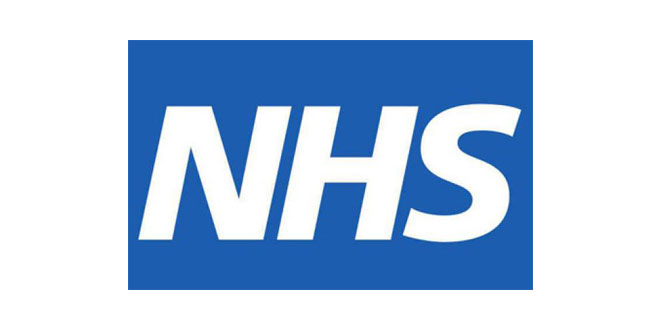Narrowing Of NHS Gender Divide But Men Still The Majority In Senior Roles
 The proportion of Hospital and Community doctors who are women has grown every year since 2009,3analysis of NHS workforce statistics4 by NHS Digital for International Women’s Day shows.
The proportion of Hospital and Community doctors who are women has grown every year since 2009,3analysis of NHS workforce statistics4 by NHS Digital for International Women’s Day shows.
The figures show that, while women make up over three quarters of all NHS staff, they are still in the minority in senior roles.
37 per cent of all senior roles are now held by women compared with 31 per cent in 2009. 36 per cent of consultants are now women compared with 30 per cent in 2009.
At the other end of the pay scale, 74 per cent of band 1 staff are women, while bands 2 to 7 all have ratios of at least four women to every one man.
Between November 2009 and November 2017, the number of female hospital and community health service (HCHS) doctors2 increased by nearly 11,000. Over the same period, the number of male doctors rose by just over 4,000.
It means 45 per cent of HCHS doctors2 are now women, compared with 41 per cent in 2009.
The whole NHS workforce has remained 77 per cent female throughout this period.
There are now more women doctors specialising in psychiatry (51 per cent) than men (49 per cent). In 2009, 45 per cent of this specialty group were women.
Women have also overtaken men in clinical oncology (now 53 per cent compared to 49 per cent in 2009) and dental (now 51 per cent compared to 43 per cent in 2009).
Surgery continues to be predominantly male, despite a narrowing of the gap. 27 per cent of surgeons are women compared with 24 per cent in 2009.
Every speciality group across hospital and community health services5 doctors has seen an increase in the proportion of women.
89 per cent of nurses and health visitors are women, making this staffing group marginally more female dominated than it was in 2009 (88 per cent).
44 per cent of all Chief Executives across NHS Trusts, CCGs, supporting organisations and central bodies are women. In 2009 this was 38 per cent.
There has been an increase of 340 female executive directors7 over the same period, meaning women now account for 47 per cent of this group, up from 43 per cent in 2009.
The analysis also breaks down numbers of women and men in senior roles by ethnicity. 41 per cent of white senior managers are women, but the gender gaps for other ethnicities are larger, with 30 per cent of senior role holders of Asian and Asian British ethnicity being women. 35 per cent of senior role holders of black or black British ethnicity are women.
NHS Digital’s workforce statistical team also looked at the number of women non-executive directors across the NHS. The figures show there are 165 more female non-executive directors (718) now than there were in 2009 (553). Women continue to be in the minority in these roles, accounting for 37 per cent as of November 2017 compared with 34 per cent in 2009.
The statistics show that there are 97,000 women from overseas employed in the health service, up from 68,000 in 2009. 47,000 of those 97,000 come from the EU or EEA, with the remaining 51,000 from the rest of the world.8





